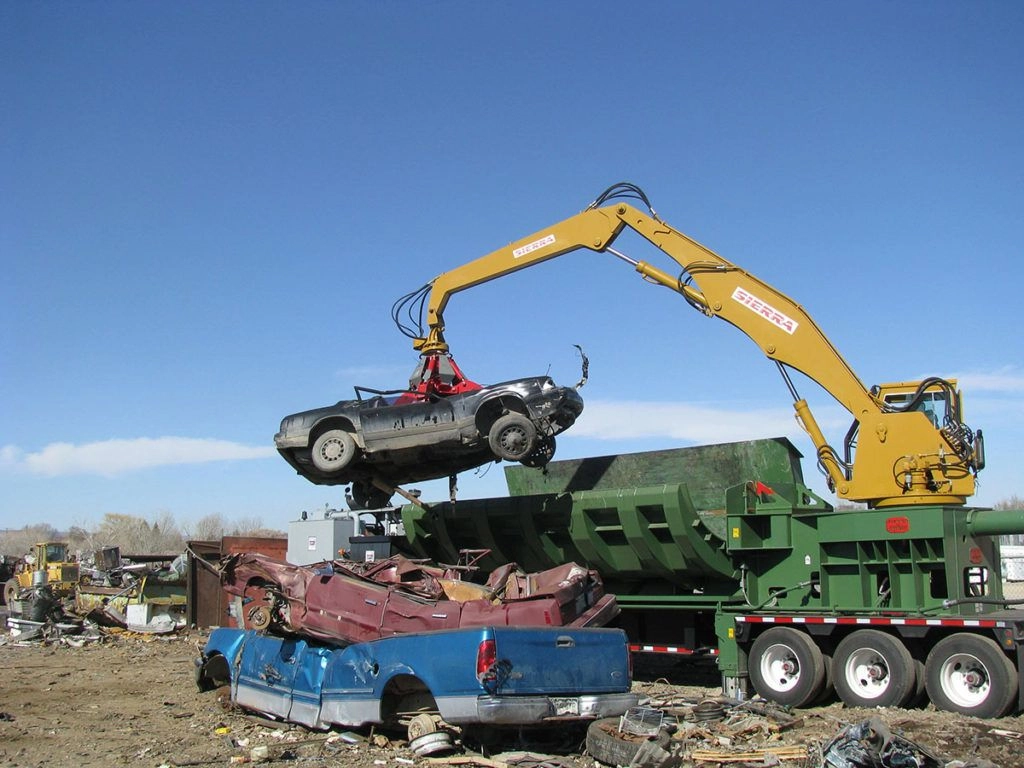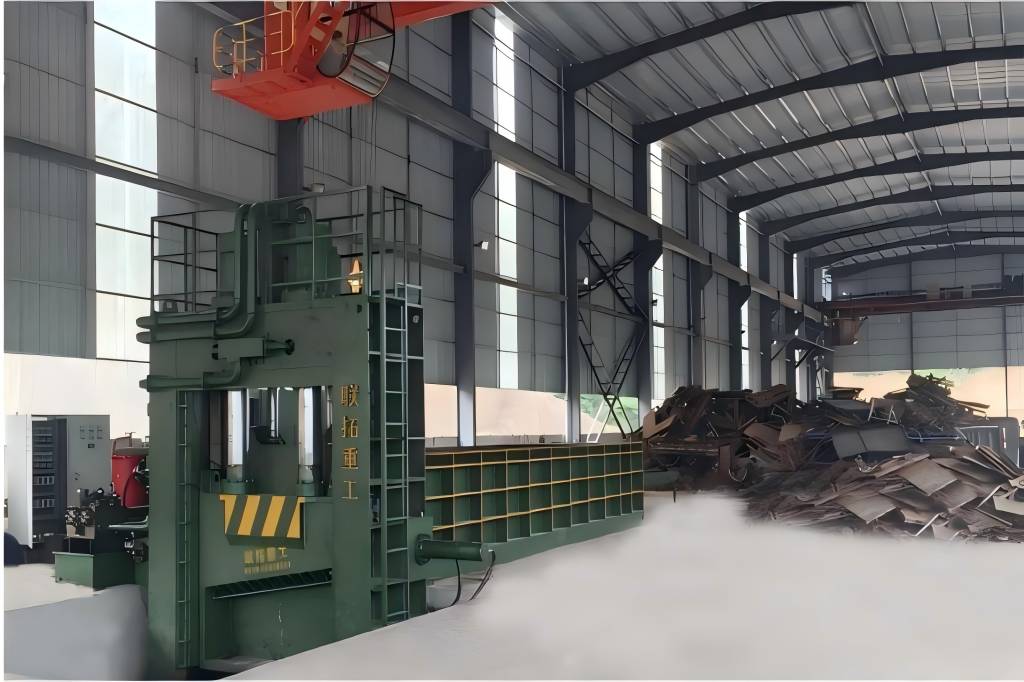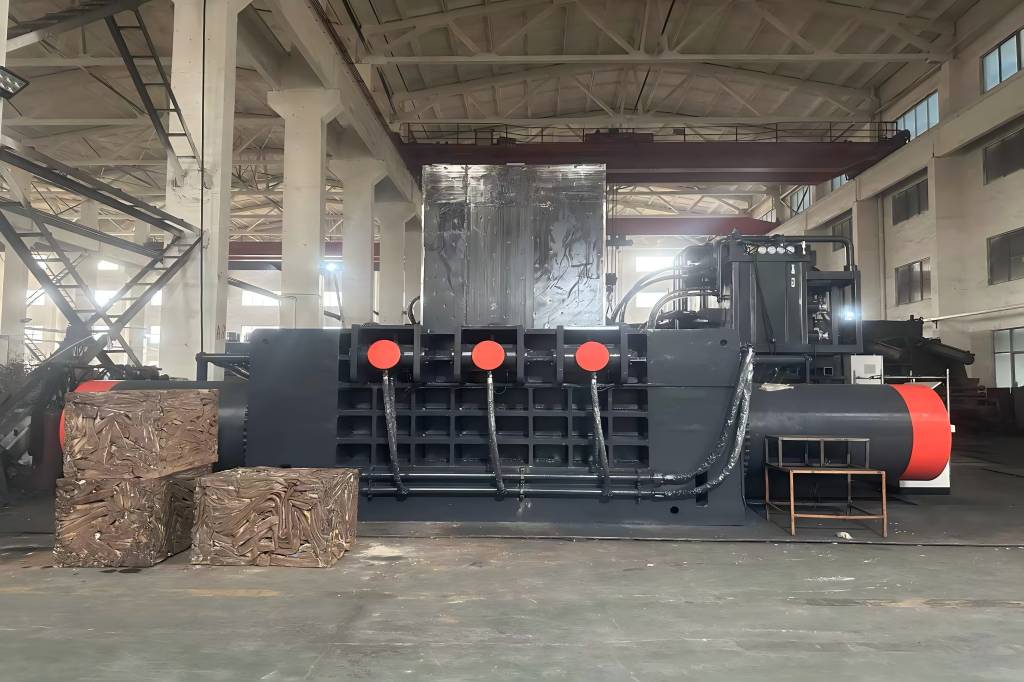Balers are essential in recycling and waste management, helping compact materials for easier handling and reduced environmental impact.
This document compares vertical and horizontal balers, detailing their functionalities, advantages, and suitability for different operational needs, aiding businesses in selecting the right baler for their requirements.
Definition and Basic Structure
A baler is a machine that compresses and binds materials into compact, manageable bales. Typically employed in waste management and recycling industries, balers are crucial for reducing the volume of waste materials like paper, cardboard, plastics, and textiles. By doing so, they facilitate easier transport, storage, and recycling processes.
Basic Structure of Balers:
- Input Area: This is where materials are loaded into the machine. The size and design of the input area can vary depending on the type of baler and the materials it is designed to process.
- Compression Mechanism: The core component of a baler, the compression mechanism uses hydraulic or mechanical systems to exert force on the material, compacting it into a dense, shaped bale.
- Output Section: Once the materials are compressed, the baler ejects the bale, often binding it with wire, plastic, or string to maintain its compact shape during handling and transport.
Balers are generally categorized into two types based on their orientation and operation: vertical and horizontal. Each type is tailored to specific volume requirements and operational environments, influencing their adoption in various industrial, commercial, or retail settings.
Vertical Balers
Vertical balers are named for the vertical orientation of their compression force. These machines are commonly used in smaller-scale recycling operations, such as retail stores, offices, and small warehouses. Materials are loaded at the top of the machine, and a vertically descending press compacts the waste into a bale.
Key Features:
- Compact Design: Vertical balers typically have a smaller footprint, making them suitable for locations with limited space.
- Ease of Use: These balers are generally simpler to operate, often requiring minimal training for operators.
- Manual Operation: Most vertical balers are semi-automatic, with the operator needing to manually tie off the bale before removal.
Advantages:
- Space Efficiency: Due to their vertical design, these balers take up less floor space.
- Cost-Effective: Lower initial purchasing and installation costs make vertical balers a more feasible option for small businesses.
- Versatility: Ideal for baling a variety of materials, including cardboard, paper, and soft plastics.
Disadvantages:
- Lower Throughput: Vertical balers typically have a slower processing time and lower overall capacity compared to horizontal balers.
- Manual Labor: They often require more manual intervention, particularly in the bale ejection and tying processes.
Applications:
Vertical balers are most effective in environments where volume throughput is moderate and space is at a premium. They are particularly popular in retail environments, small-scale recycling facilities, and other places where waste is generated at a manageable rate.
Horizontal Balers
Horizontal balers compress waste with a ram moving horizontally, ideal for large-scale recycling and manufacturing operations.
Key Features
-
- High Capacity Design: Engineered for large-volume processing.
- Automated Operation: Includes features like auto-tie mechanisms to streamline baling.
- Efficient Processing: Designed for continuous operation with substantial material throughput.
Advantages
-
- High Efficiency: Optimized for operations with continuous material input.
- Labor Saving: Automation significantly reduces the manpower needed.
- Versatile Material Handling: Capable of processing a wide array of materials, including tough plastics and metals.
Disadvantages
-
- Higher Initial Cost: Requires a significant upfront investment.
- Space Requirements: This needs ample floor space due to its size and operational scope.
Applications
-
- Best suited for high-volume recycling facilities, manufacturing plants, and waste management centers that handle large amounts of material.
Vertical Balers Vs Horizontal Balers
| Performance Aspect | Vertical Balers | Horizontal Balers |
|---|---|---|
| Speed and Capacity | Slower processing, suitable for moderate waste volumes. | High-speed operation, handles large volumes efficiently. |
| Efficiency and Automation | Semi-automatic, manual intervention is needed for operations like bale tying. | Highly automated, including material feeding and bale tying, reduces labor needs. |
| Operational Requirements | Requires less space, easier to install and maintain. | Requires more space and complex maintenance due to larger size and automation. |
| Cost Effectiveness | Lower initial cost, more suitable for smaller operations. | Higher initial investment but more cost-efficient for large-scale operations due to higher throughput. |
| Environmental Impact | Efficient for small-scale recycling and waste reduction. | Optimal for large-scale operations aiming for maximum material recovery and efficiency. |
| Best Use Cases | Ideal for retail stores, small warehouses, schools, etc. | Best for large recycling centers, and manufacturing facilities with high waste output. |
Conclusion
Choosing between vertical and horizontal balers depends on the scale of waste production, space constraints, and budget. Vertical balers are best for smaller spaces and moderate waste volumes, offering simplicity and cost efficiency. Horizontal balers, ideal for large-scale operations, provide higher capacity and automation, enhancing efficiency despite a higher initial cost.
Ultimately, the decision should align with operational needs and sustainability goals, ensuring effective waste management and environmental benefits.




